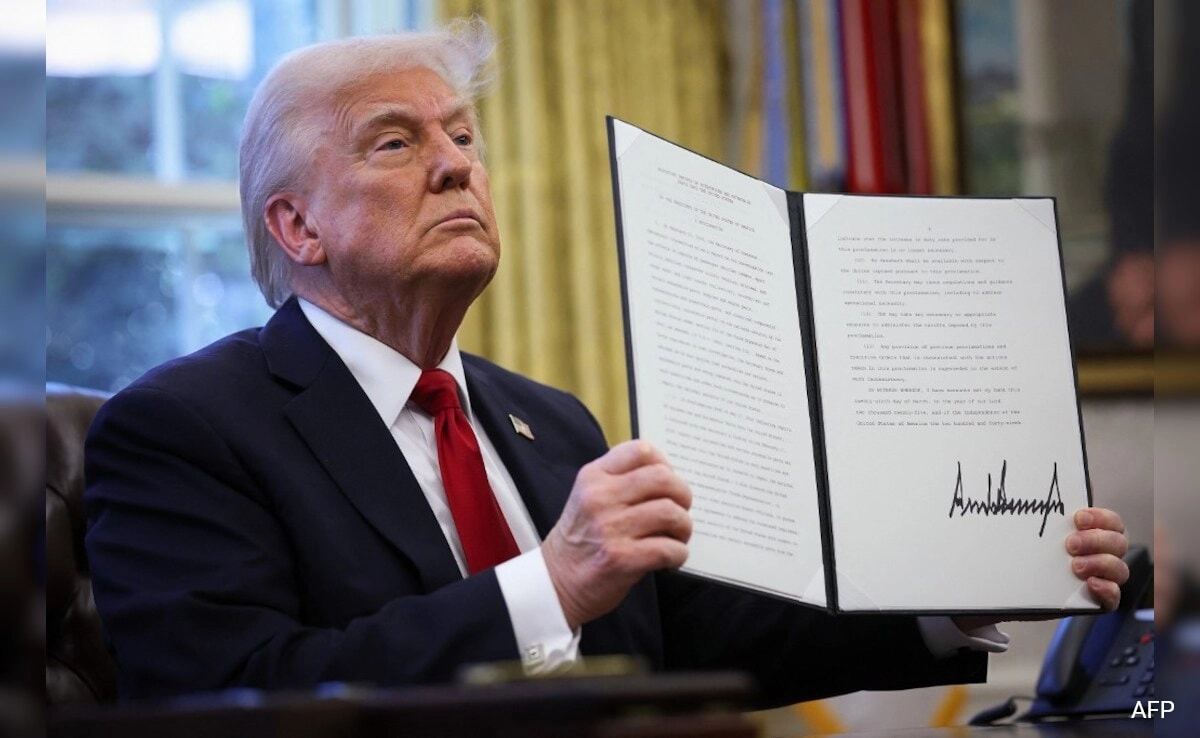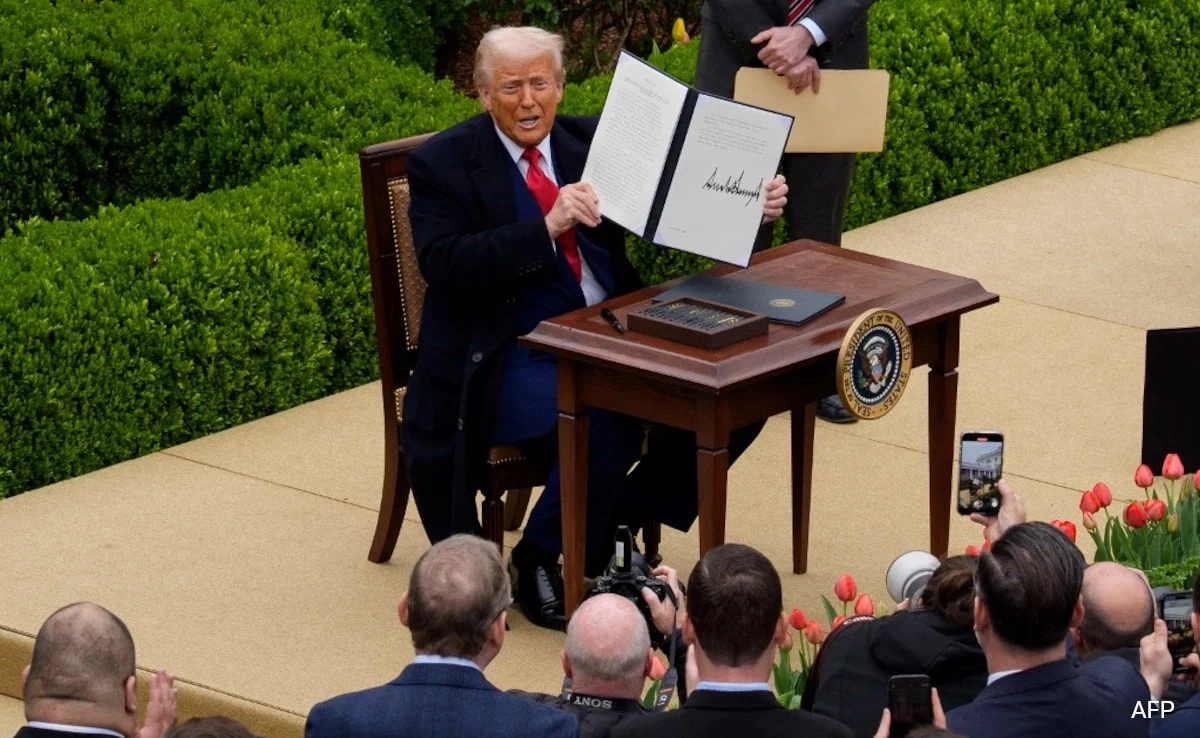As the world watches closely, India and several other nations are bracing for the potential economic ramifications of what has been dubbed Trump’s “Tariff Liberation Day.” This event signifies the scheduled removal or reduction of tariffs that have had profound implications on global trade dynamics. The term itself evokes a sense of both hope and uncertainty, as countries navigate the complexities introduced by policy changes in the United States, one of the world’s largest economies. The decision to alter tariff structures, particularly under the Trump administration, has been a topic of intense debate, affecting various sectors ranging from agriculture to technology.
For India, the impact of these tariff changes is multifaceted. The nation depends heavily on exports, and any shifts in U.S. trade policy could either open new avenues for growth or exacerbate existing challenges. Indian industries that have been facing higher tariffs may find relief, potentially boosting their competitive edge in the American market. However, there’s also the looming concern that the abrupt changes may lead to disruptions in established supply chains, as businesses scramble to adapt to the new landscape. This uncertainty extends to other nations as well, particularly those that have been caught in the crossfire of tariff disputes.
Moreover, Trump’s tariff changes could have broader implications for global trade relations. Countries that have relied on stable trade with the U.S. must now reassess their strategies, considering how to position themselves effectively in a shifting landscape. The potential for retaliatory measures remains a constant threat, as nations react to protect their own economic interests. This scenario could lead to a domino effect, where adjustments in one region prompt a series of countermeasures elsewhere, further complicating international trade.
As nations like India prepare for the outcomes of this liberation day, the interplay between domestic policies and international trade agreements will be crucial. Stakeholders, including government officials, business leaders, and economists, are tasked with deciphering the intricate details of the new trade environment. They must remain vigilant and responsive, ensuring that their countries can thrive despite the ongoing uncertainties. Ultimately, while “Tariff Liberation Day” may herald opportunities for some, it also serves as a reminder of the delicate balance that characterizes global trade relations and the interconnected nature of economies worldwide.




